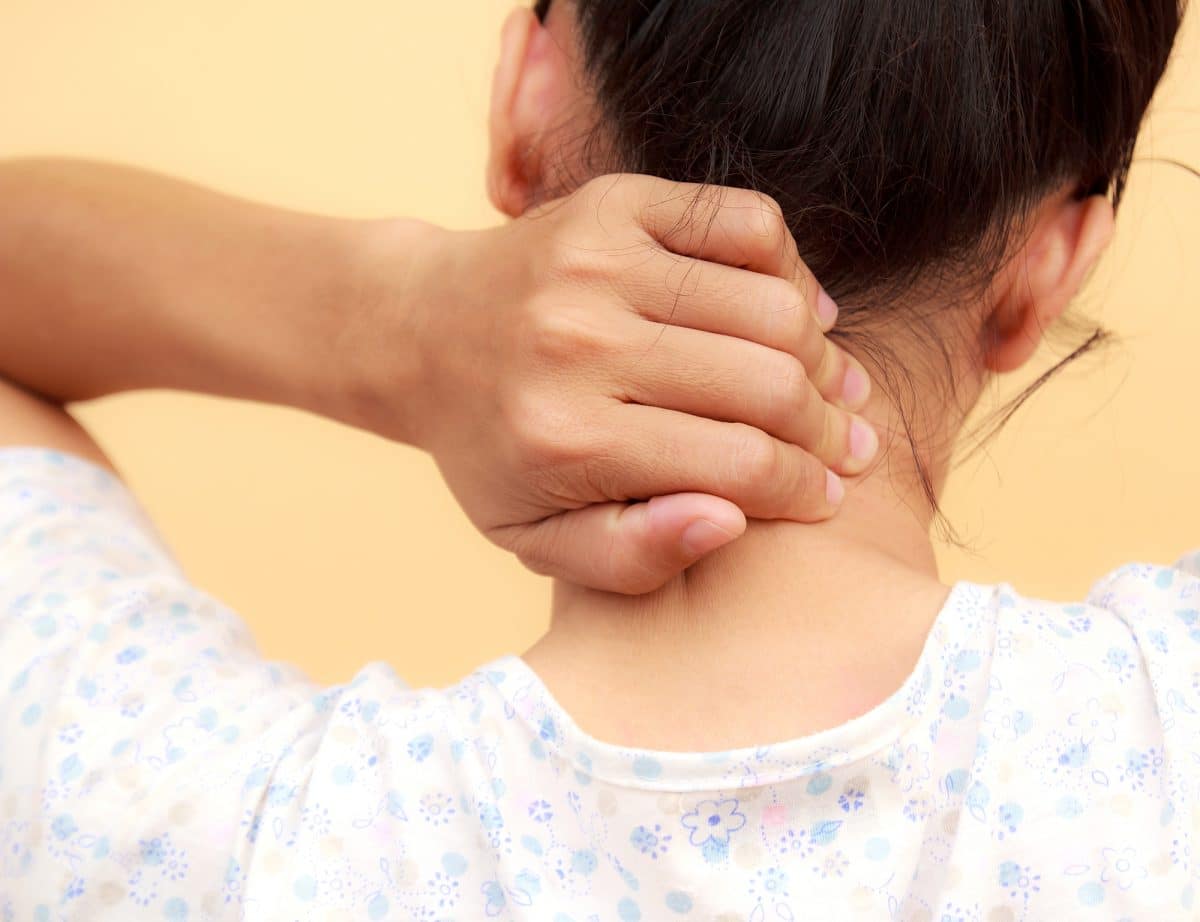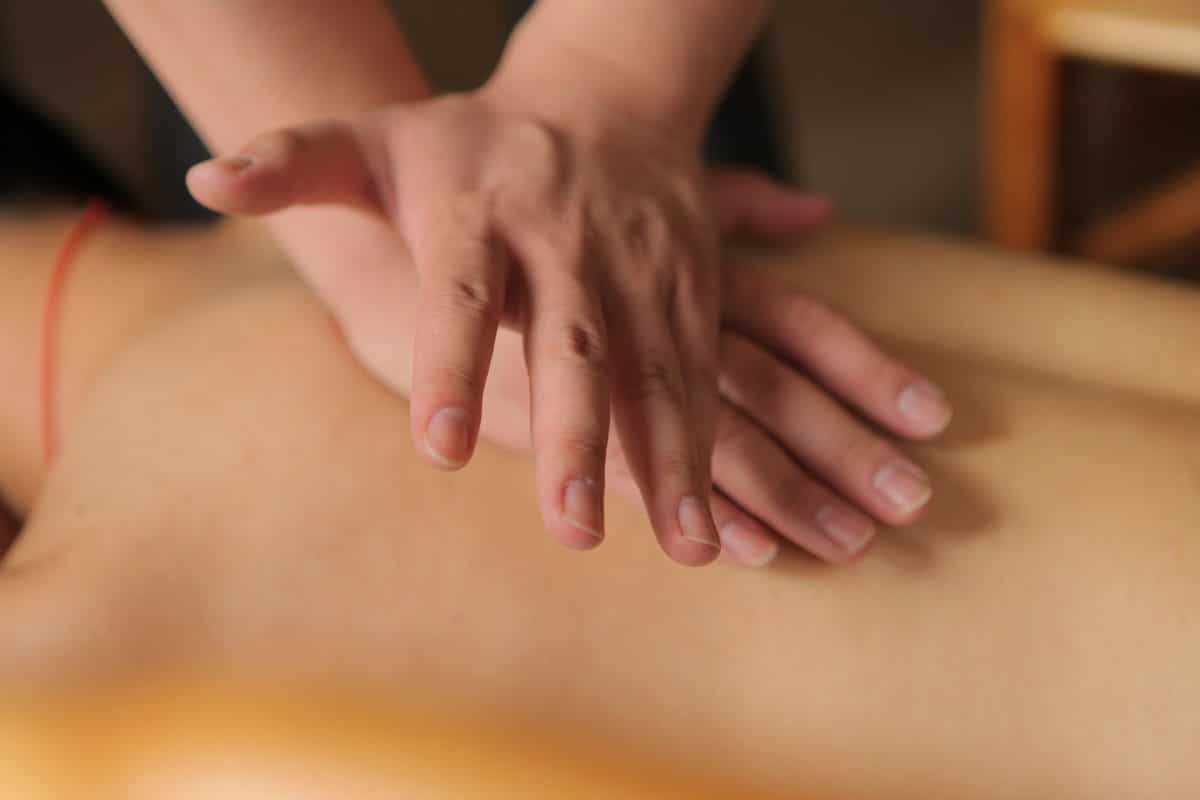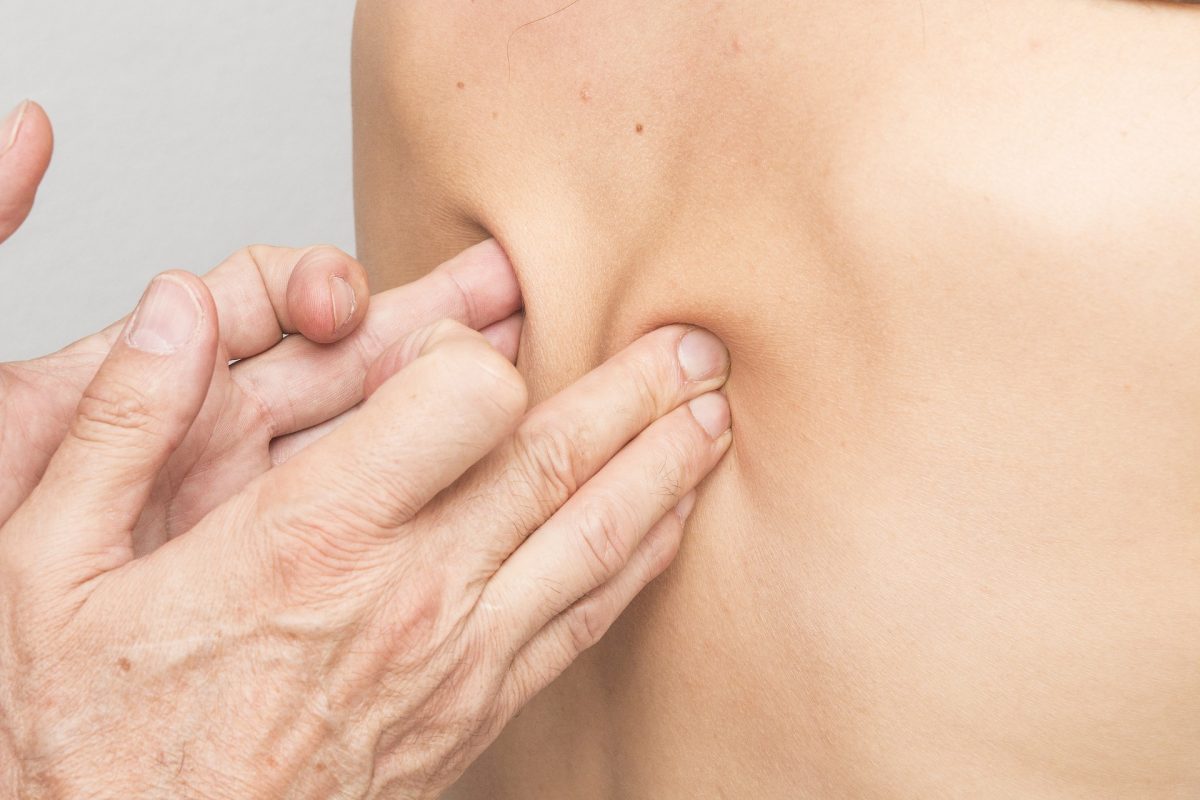Get real, lasting relief with medical massage for whiplash and other accident injuries.
Whiplash is one of the most common injuries resulting from car accidents.
While your seat belt keeps your torso relatively stationary during an accident, your head and neck are not so protected. The sudden stop as you collide with another object “whips” your head and neck back and forth, stretching those muscles, tendons, and ligaments beyond what they are used to.
While the injury itself might be localized to the neck area, the pain of whiplash and other car accident injuries is certainly not confined to a single location. This can make it difficult to diagnose (and therefore, properly treat) your car accident injuries with traditional medicine.
However, a combination of chiropractic care and medical massage can be extremely effective at treating your pain as well as its underlying cause, allowing your body to truly heal, from the inside out.
In this article, we’ll take a look at the effects of medical massage for whiplash and other car accident injuries.
Soft Tissue Injuries
Your body goes through a lot during a car accident.
The force involved in even a “minor” car accident can cause all sorts of cuts, scrapes, bruises, broken bones, and misaligned joints. But your muscles are vulnerable to injury, too.
The injury we refer to as “whiplash” is basically a serious muscle sprain. As your body is thrashed around within your car, your muscles and other soft tissues are stretched beyond what they are used to and tear.

Sprains, strains, and other soft tissue injuries can happen anywhere in your body. You may feel sharp, shooting pains; dizziness; stiff or tight muscles; or even headaches. These symptoms may occur immediately after the accident or weeks later.
The best thing you can do is to see a doctor as soon as possible after the incident. In some cases, whiplash can heal on its own, but more severe cases will require professional treatment. Early diagnosis and treatment can help prevent complications and increase your odds of successful recovery. Seeing a doctor within 14 days of your car accident will also allow you to use your PIP benefits.
Getting a medical massage for whiplash and other soft tissue injuries is one of the most effective ways at treating your condition. Here’s how it works and what to expect.
What Is Medical Massage?
Massage therapy has emerged as one of the safest, most effective ways to relieve pain and promote healing with no adverse side effects. But you can’t get this type of massage at your average day spa. Medical massage should be administered by a certified massage therapist who has experience treating car accident injuries.

The techniques used by massage therapists depend on the condition that is being treated. These include but are not limited to:
- Contract/relax technique
- Myofascial lymphatic drainage
- Neural relax therapy
- Deep tissue techniques
- Rehabilitative stretching procedures
- Vacuum cupping technique
While you may feel less stressed after your massage therapy treatment, the ultimate goal of medical massage is not relaxation. Rather, the focus is to address the underlying cause of your symptoms and facilitate healing to the injured area.
The Benefits of Medical Massage for Whiplash
Painkillers and anti-inflammatory drugs only provide temporary pain relief and carry potential side effects. For this reason, they are not recommended for long-term care. Additionally, they may not be safe for certain individuals, such as those with liver or kidney problems.
Medical massage has none of these adverse effects. Plus, it’s clinically proven to work.

In addition to relieving soreness and pain, massage increases blood flow to the affected areas, which helps to reduce inflammation and speed up healing. It can also help break up scar tissue so that your body heals more quickly and completely.
If muscles are tight and “knotted,” they can compress your nerves and blood vessels, causing pain that travels to other parts of the body. Medical massage helps to loosen these muscles and relieve the pressure that is causing your painful symptoms. You may also experience greater flexibility and range of motion, improved posture, and stress relief.








